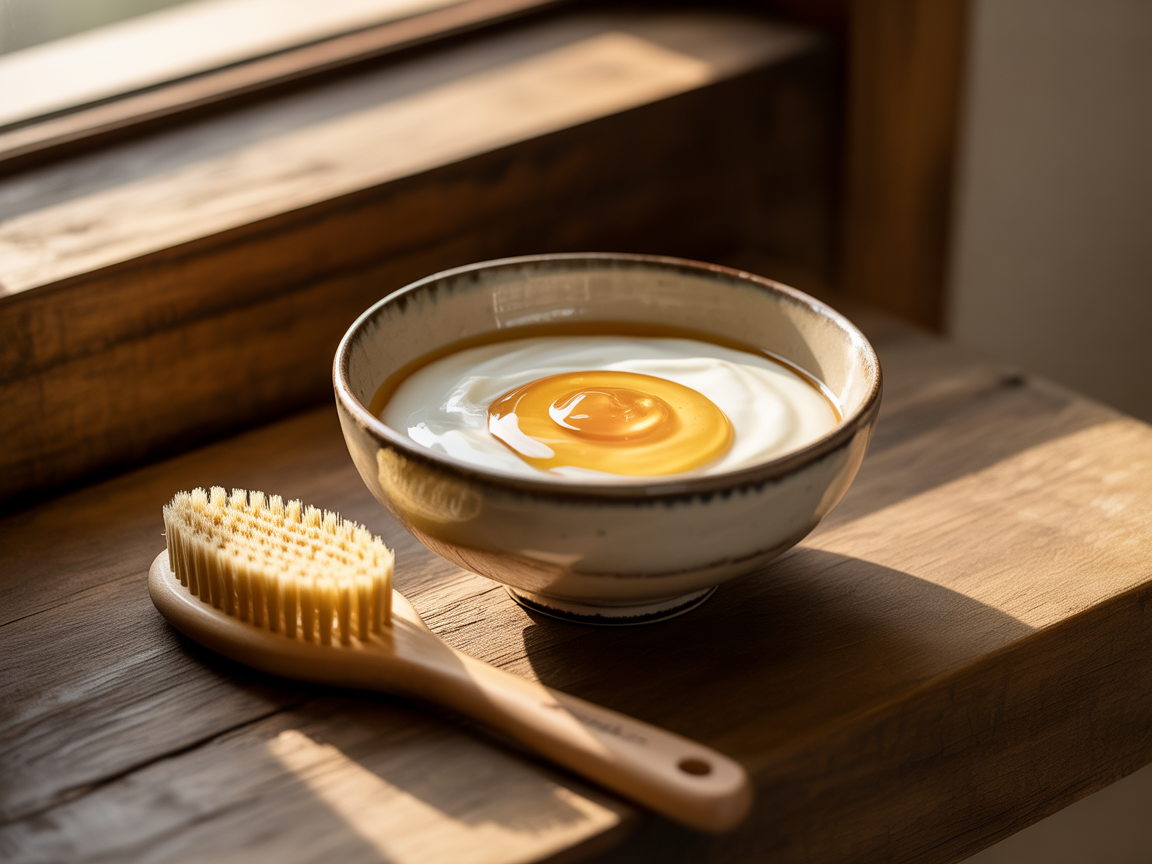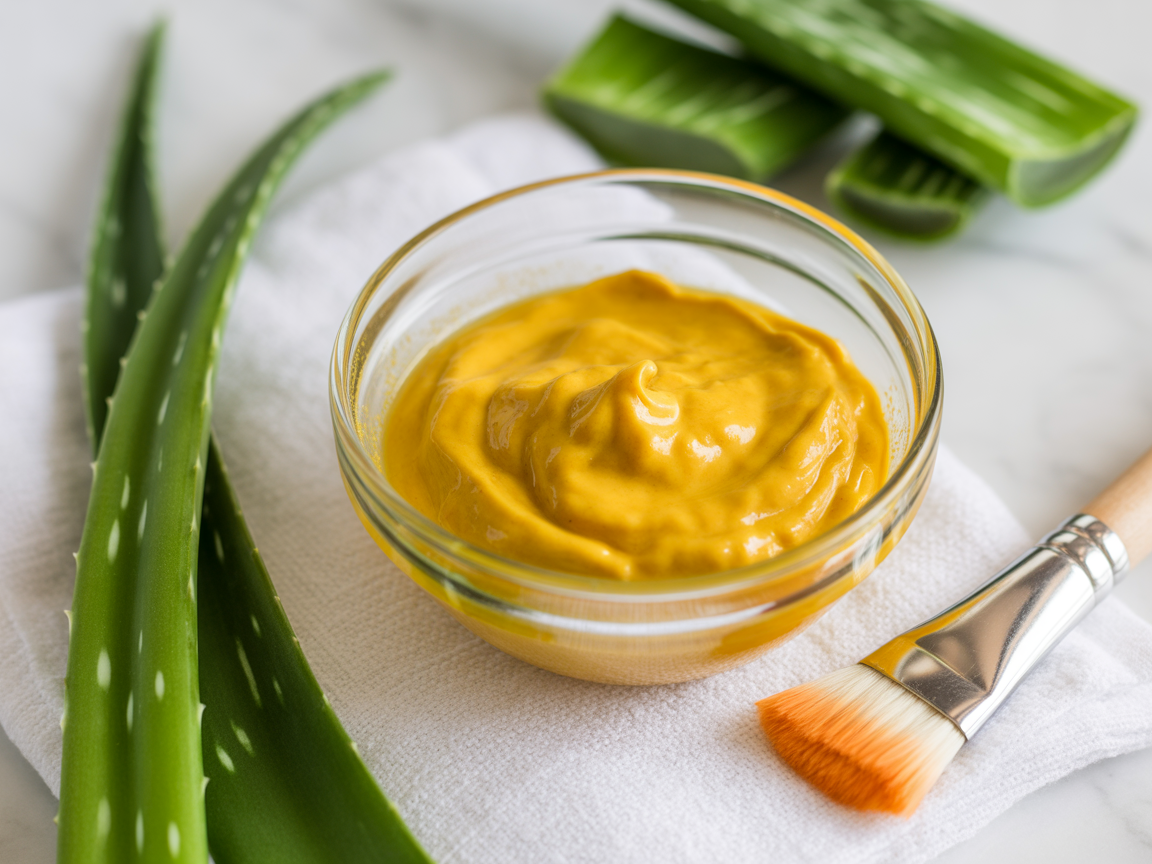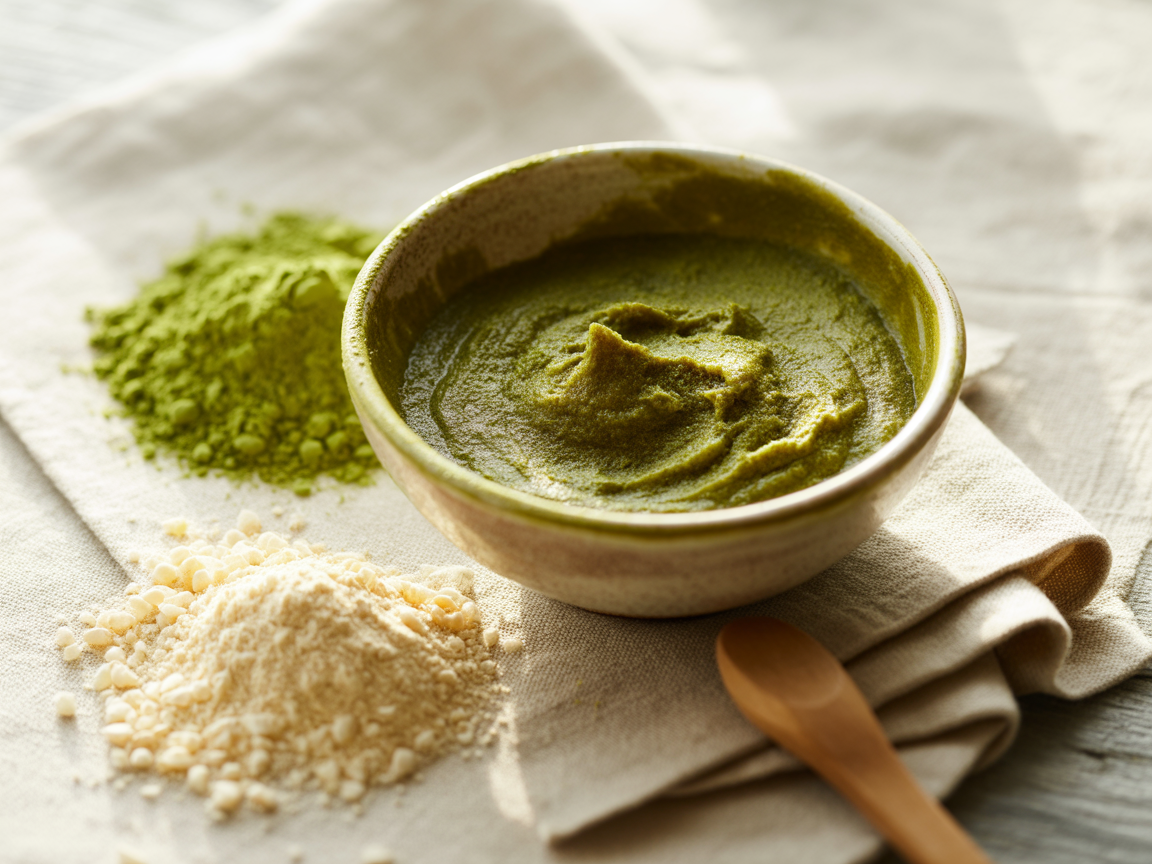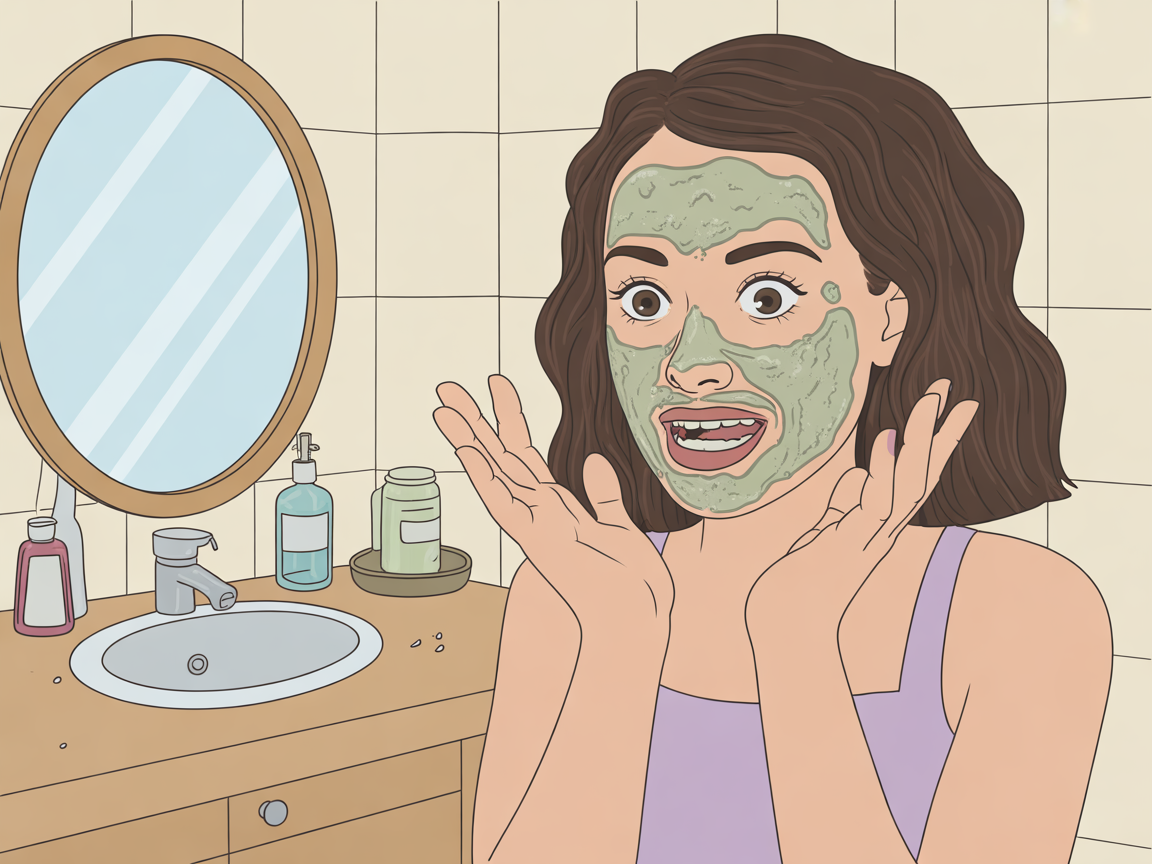9 Easy Ways to Make a Face Mask at Home That Actually Work
Have you ever caught your reflection in the mirror and thought, “Wow, my skin looks exhausted”? I had one of those moments right after a long-haul flight a few years ago. My face was dry, tight, and dull. Instead of rushing to the store, I raided my kitchen — and that’s how my obsession with homemade face masks began.
Since then, I’ve tested dozens of recipes, tweaked ingredients, and found what really works — and what really doesn’t. Today, I’m sharing my top 9 favorite DIY face masks you can easily make at home. They’re natural, effective, and perfect for those self-care Sundays.
This post is for you if:
- You want skincare that’s gentle and affordable
- You’re curious about natural alternatives to store-bought products
- You enjoy pampering yourself with little rituals at home
Why Make Your Own Face Mask?
There’s something magical about mixing ingredients with your own hands. When you make your own face mask, you know exactly what’s going on your skin. No hidden chemicals. No preservatives. Just real, simple goodness.
Store-bought masks are convenient, but they often come with a long ingredient list and a hefty price tag. DIY masks, on the other hand, are customizable, budget-friendly, and surprisingly effective — especially when you find the right combination for your skin type.

9 Easy DIY Face Masks for Glowing Skin
1. Hydrating Honey & Yogurt Mask
This is my go-to when my skin feels tight or flaky. Honey is a natural humectant, which means it pulls moisture into the skin. Yogurt is packed with probiotics and lactic acid — gently exfoliating and softening the skin at the same time.
I remember using this combo after a snowboarding trip in Colorado. The cold air had completely zapped my skin, and this mask felt like a warm hug. Just mix 1 tablespoon of honey with 2 tablespoons of plain yogurt, apply it to your face, and rinse off after 15 minutes.

2. Soothing Oatmeal & Banana Mask
This one is like breakfast for your face — and it smells amazing. Oatmeal calms irritated skin, while banana delivers potassium and moisture. I often recommend this to friends with sensitive or reactive skin.
Blend half a banana with 1 tablespoon of finely ground oats and a splash of water or milk. Leave it on for 10–15 minutes. Your skin will feel soft, calm, and nourished.
3. Clarifying Turmeric & Aloe Vera Mask
When I was deep into my “TikTok skincare phase,” I saw everyone talking about turmeric masks. I gave it a try with fresh aloe gel — and I was hooked. It’s great for calming redness and evening out your complexion.
Mix 1 teaspoon of turmeric with 1 tablespoon of aloe vera gel. Be careful: turmeric can stain, so use an old towel and apply carefully. It’s worth it for that post-mask glow!

4. Detox Charcoal & Tea Tree Mask
If you struggle with clogged pores or oily skin, this mask is your friend. Activated charcoal pulls out impurities, and tea tree oil has antibacterial properties. But a little goes a long way — don’t overdo it.
My best friend swears by this mask after long summer days at the beach. Mix 1 teaspoon of activated charcoal with 1 tablespoon of bentonite clay and 2–3 drops of tea tree oil. Add a bit of water to make a smooth paste and leave it on for no more than 10 minutes.
5. Glowing Papaya & Honey Mask
Papaya contains natural enzymes that exfoliate dead skin cells. Pair it with honey, and you’ve got a tropical glow in the making. I love using this before special events or photo days.
Just mash a few chunks of ripe papaya with 1 teaspoon of honey. Apply it to your face and let it sit for 10–12 minutes. Your skin will look brighter, smoother, and refreshed.
6. Brightening Green Tea & Rice Flour Mask
This one’s straight from my travel journal in Kyoto. After a week of temple-hopping, my skin felt tired and uneven. I stumbled across a local recipe using matcha and rice flour — and it worked wonders.
Use 1 tablespoon of cooled green tea and mix it with 1 teaspoon of rice flour. It gently exfoliates while delivering antioxidants. Perfect for dull or red-prone skin.

7. Firming Egg White & Lemon Juice Mask
This is a classic — and it still holds up. Egg whites tighten and firm the skin, while lemon juice helps brighten. Just be careful if you have sensitive skin or open blemishes.
Whisk 1 egg white with a few drops of fresh lemon juice. Apply a thin layer to your face and let it dry completely before rinsing. I use this mask once a month when I want that lifted, refreshed feeling.
8. Cucumber & Aloe Cooling Mask
Perfect for hot summer days or after too much sun exposure. Cucumber hydrates and cools, while aloe vera soothes any inflammation. It’s like a spa session in your kitchen.
I like to keep cucumber slices and aloe gel in the fridge — that extra chill is divine. Blend together and leave on for 15 minutes to refresh and de-puff.
9. Avocado & Olive Oil Nourishing Mask
When my skin is feeling extra dry or “blah,” I reach for this creamy combo. Avocado is rich in healthy fats and vitamins, and olive oil seals in moisture beautifully.
Mash 1/4 of a ripe avocado with 1 teaspoon of olive oil until smooth. Apply generously and relax for 15–20 minutes. This is a lifesaver during winter or post-travel recovery.
My Face Mask Routine (And What I Learned Over Time)
I usually do masks 2–3 times a week, depending on how my skin feels. On Sundays, I love a hydrating or calming mask. If I’m dealing with breakouts, I’ll use something more clarifying mid-week.
Over time, I’ve learned a few golden rules:
- Always patch test a new mask before using it all over your face.
- Keep it simple — 3–4 ingredients are plenty.
- Don’t multitask while masking (yes, I’ve scared my delivery guy more than once).
Skincare should be enjoyable, not stressful. Find what feels good and make it your ritual.
Quick Tips for Mixing and Storing DIY Masks
Before you start mixing, here are a few practical tips I wish I knew earlier:
- Use non-metal bowls for clay-based masks.
- Store extra product in the fridge, but use within 48 hours.
- Label any jars with the date you made the mask.
- Always use a clean brush or spoon to apply — no fingers!
- Don’t store anything with fresh fruit or dairy too long — they spoil quickly.
A little prep goes a long way toward keeping your skin (and your fridge) happy.
Ingredient Cheat Sheet
Need a quick reference? Here’s a simple guide to the most common ingredients:
| Ingredient | Best For | Avoid If |
|---|---|---|
| Honey | Dry or irritated skin | You’re allergic to bees or pollen |
| Turmeric | Acne and inflammation | You have very fair skin (can temporarily stain) |
| Yogurt | Dull, flaky skin | You have dairy sensitivity |
| Tea Tree Oil | Oily, acne-prone skin | You have very sensitive skin |
My Top 3 Face Mask Fails (So You Don’t Repeat Them)
Not every DIY mask has been a success — and I’ve definitely had some funny moments along the way.
Like the time I used way too much cinnamon in a mask I found online. Let’s just say I ended up with a bright red face and a very cold cucumber compress.
Or the charcoal mask that was so strong it took off my brow tail. Yes, really.
The lesson? Less is more. Start gentle. And always, always do a patch test.

Final Thoughts
Here’s what I’ve learned after years of DIY face masking:
- Homemade doesn’t mean less effective — it can be better with the right ingredients
- Natural skincare can be a fun, feel-good ritual
- Listening to your skin is the most important step in any routine
So the next time your skin needs a little love, try one of these masks. You might be surprised by how much a few pantry staples can do.
What works best for you when it comes to face masks? Do you have a favorite recipe?
